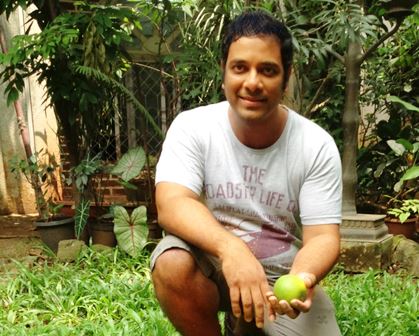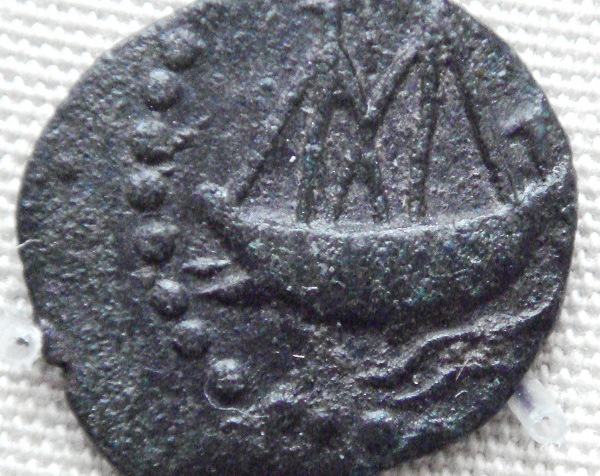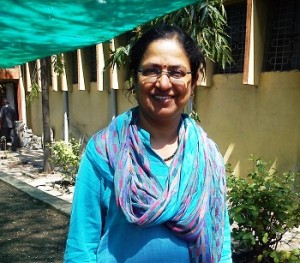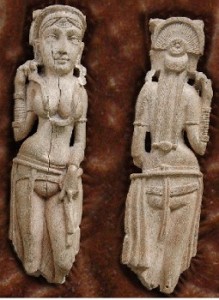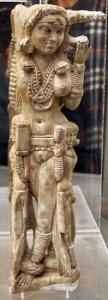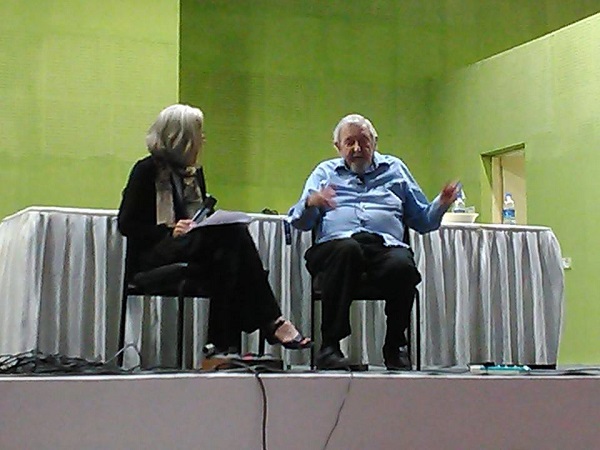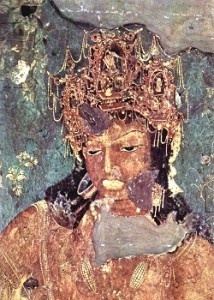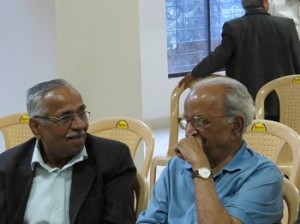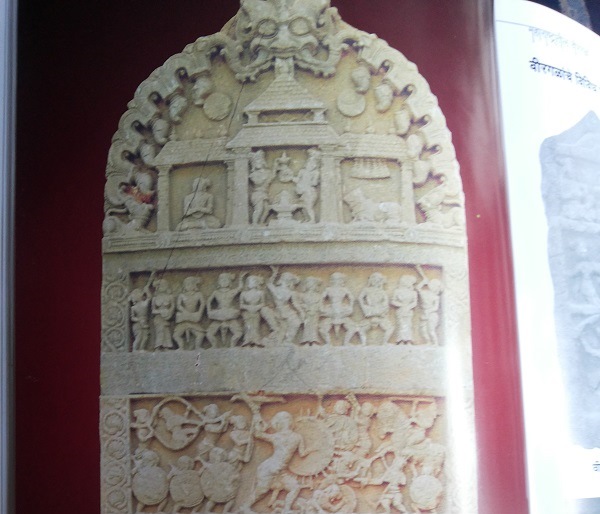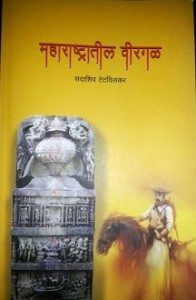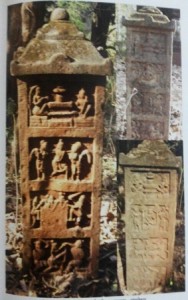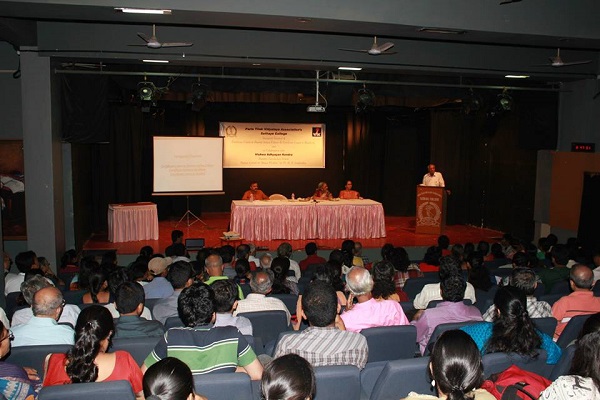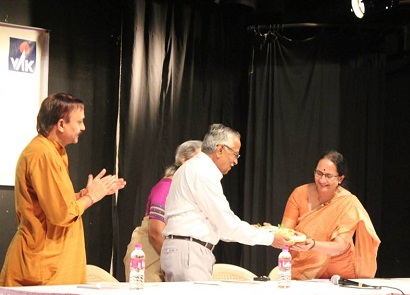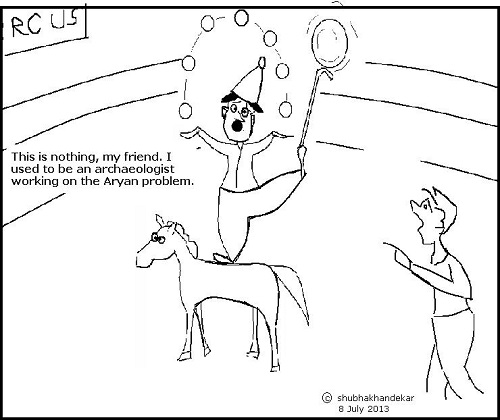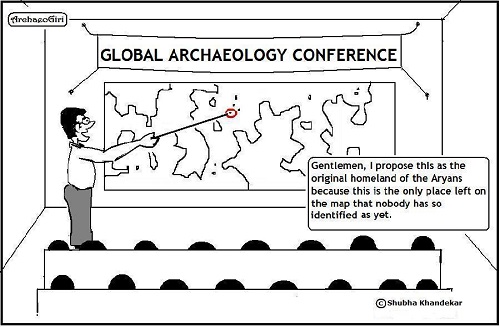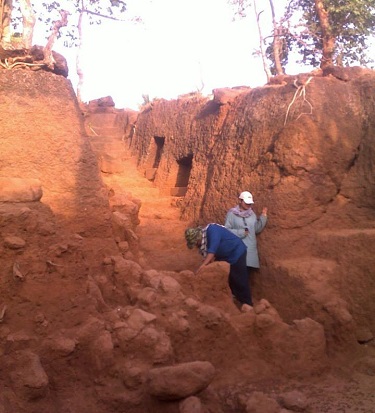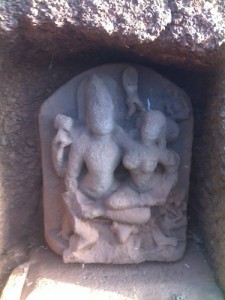Mumbai’s Ranjit Pawar initiated the ‘Luv Thy Farmer’ movement under which an Aurangabad mosambi farmer reaches his produce directly to consumers.
by Shubha Khandekar
Weekends are no longer a breather for Ranjit Pawar from a hectic 10 hour job with a reputed multi-national corporation, where he works as a business manager. Rather, it’s a break for frenzied phone calls to volunteers, customers and transport operators who are pouring into his rapidly expanding loop of the Luv Thy Farmer initiative, launched to help Aurangabad’s mosambi producer Shivaji Gaikwad get respectable returns on his produce, against the backdrop of the farmers’ dismal plight in Marathwada.
“I have known Shivaji Gaikwad from before,” says Ranjit, whose father owns a farm in Satara district. “I’ve grown up on a farm and spent every vacation on one. Hence it was easy for me to feel his pain; he was being offered no more than Rs 15 per kilo by traders, which sells for anything from Rs 30 onwards in Mumbai. He can’t even break even on these terms.”
Having worked earlier in a mobile info system for farmers, Ranjit realised that the e-commerce platform for B2C transactions is available to a producer of every commodity, except to a farmer. The result is that both the producer and the consumer are being left out of the benefits of the e-commerce platform. He thought of tapping the Internet and the social media to address the issue. In less than a month, over two tonnes of mosambis have already been delivered in Mumbai and its suburbs and in Pune, purely through voluntary efforts of well-wishers who needed no persuasion to pitch in.
 “That’s all it takes,” he laughs. “Just the click of a mouse can place a farmer directly on a global e-commerce pathway, and open up unlimited vistas for marketing his produce. Along with other volunteers I have merely acted as a facilitator and enabler,” he says, after having delivered some 1,500 orders to total strangers!
“That’s all it takes,” he laughs. “Just the click of a mouse can place a farmer directly on a global e-commerce pathway, and open up unlimited vistas for marketing his produce. Along with other volunteers I have merely acted as a facilitator and enabler,” he says, after having delivered some 1,500 orders to total strangers!
Ranjit found willing takers for his idea. He trusted Gaikwad for the quality of the produce while Gaikwad too was convinced of Ranjit’s intentions. Volunteers came forward and on September 6, he flashed the ‘Luv Thy Farmer’ page on Facebook, followed by the website of the same name created overnight by a volunteer from Germany. Prof Kurush Dalal in Kharghar, Anuradha Pawar in Prabhadevi, Varuna Rao in Thane, and Vaishali Narkar in Chembur kept their doors open for 24 hours as pick up points for the stocks rolling in every day.
“It’s a highly scalable, replicable model and volunteers can help without leaving their homes,” says Ranjit, who now has support from diverse quarters. “It’s not too expensive either, even though Gaikwad has arranged to pack the mosambis in 5 kg bags, and pays for the farm to city transportation. Hence, of the Rs 60 that the end consumer is paying for a kilo of mosambi, nearly Rs 30 to Rs 40 goes to the farmer, and transportation and labour costs take up the rest. Logistics players have come forward to help out and they are ready to work on a no-profit-no-loss basis. We are working on streamlining the transportation, using vans, bikes and even public transport, so as to further improve the farmer’s profit,” he says.
The ripple effect of Luv Thy Farmer has created beneficiaries in unexpected quarters. Hence, while one person in the US made an online purchase for donation to an old age home in Mumbai, a senior marketing manager at a pharma company donated a bulk purchase to a hospice for children in Mumbai.
Ranjit proposes to make the facility available to growers of strawberries, bananas, pomegranates, rice, organic jaggery, wild honey, tur dal and many other agro-products who are approaching him every day.
“The next challenge is to make Luv Thy Farmer self-sustainable,” he says. “I wish to explore such options as angel funds and crowd funding for projects that many farmers cannot implement. This could give a boost to entrepreneurship in the agro sector, so that the farmer can thrive without depending upon a single market.”
